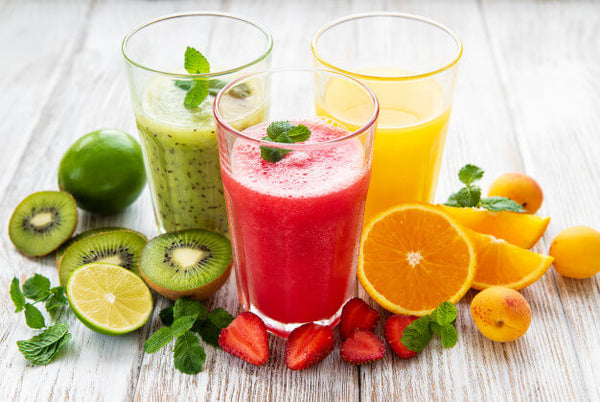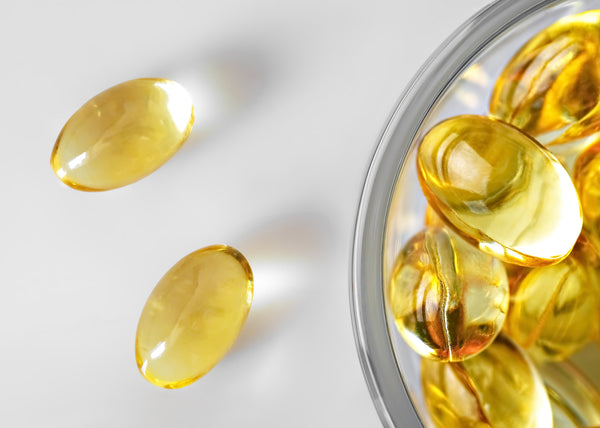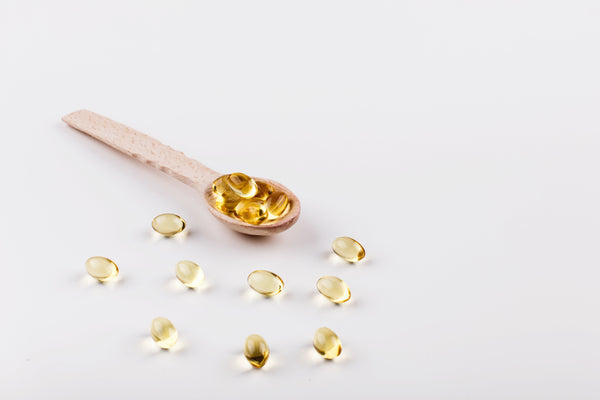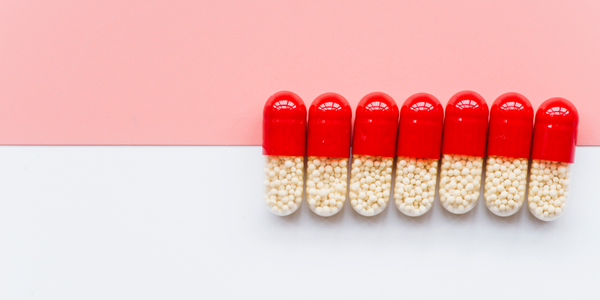Oats have become a popular health food over the decades. It is a highly nutritious cereal grain commonly available as rolled oats, steel cut oats, that is used as breakfast cereals, cookies, oatcakes and baking items etc. Also not only the grain, the bran and fiber is also used owing to its low calorie and high dietary fiber content.
Even though oat bran and oat fiber are derived from the same grain and have almost the same nutritional content, there still are major differences between them that you might not know about.
In this blog, we will discuss the potential differences between oat bran and oat fiber and how both ingredients can be used in different ways. So, let us get started.
Oats Fiber Vs Oats Bran
Oat fiber is obtained when you grind the outermost layer of the oat grain, the outermost, indigestible seed covering or the protective layer (husk) .This husk is one of the best sources of insoluble fiber because of the presence of cellulose, hemicellulose, and lignin. It is great for gut bacteria and supports gastrointestinal health.
In contrast, oat bran is derived from the outermost, edible covering of the groat itself. Oat groats are whole grain seeds that have their husk removed. It comprises mostly soluble fiber. Oat bran is low in saturated fat and is a great dietary fiber.
Numerous Health Benefits :
1. Oat fiber
- Oat fiber keeps your heart healthy. Consumption of snacks or dishes made of oat fiber can help reduce the risk of heart disease. That is because oat fiber helps in reducing cholesterol.
- Foods made out of oat fiber help maintain the blood sugar level as it keeps your blood sugar from spiking after meals.
- The oat fiber acts as a food for the friendly gut bacteria and ensures it remains healthy.
2. Oat Bran
- Oats bran provides enough plant-based protein.
- Oat brans can provide you relief from IBS (irritable bowel syndrome). That is because oat bran is high in dietary fiber that the healthy gut bacteria break down into short-chain fatty acids (SCFA). These SCFAs can nourish the colon cells, thus reducing the symptoms of IBS.
- Oat bran is high in antioxidants. That is because it is high in polyphenols, plant-based molecules that work as antioxidants and provide several benefits.
- Oat bran is packed with nutrients like protein, carbohydrates, fiber, Magnesium, Riboflavin, Zinc, Iron, Thiamine, etc.
What Makes Oat Bran Different from Oat Fiber?
Oat fiber and oat bran have different molecular compositions that make them significantly different. Because of this quality, these ingredients are used for different applications. Let us go through some of their main differences: -
1. Surface –
Oat fiber is made by processing the oat’s hull, the outermost and indigestible seed covering where the oat groat lies. It isn’t made from oat groats. On the other hand, oat bran comes from the outermost, edible covering of the groat.
2. Color –
Oat fiber is light in color and has a mild wheat taste. Oat bran is more on the dark to medium brown side with a creamy, rich, and lovely flavor. It is more delicious.
3. Nutrition –
Oat fiber is a calorie controller and has almost zero nutritional value. It isn’t because it has zero nutrients but because it is non-digestible. So, it doesn’t provide any nutrients or carbs for your body to burn.
Oat bran has more nutrients like proteins and fiber and fewer calories. It is high in beta-glucan. Thus, a powerful type of soluble fiber. In addition to the nutrients, it also consists of small amounts of minerals and vitamins, which is an additional benefit. That means you can gain enough nutrients from oat bran without gaining too much weight.
4. Applications –
Oat fiber, due to its water-absorbing quality, is used to preserve the crispiness of crispy or crunch foods, along with reducing their breakability. It can also regulate the moisture of the food item because of its water retention property and increasing water absorption. Oat fiber also provides a crumbling texture to cakes and pastries.
Oat bran is also very useful in changing and improving the texture in many different ways. It also has a water absorption quality that allows adding more crumb moistness for soft pastries.
So, Are Oat bran and Oat fiber The Same Thing?
Well, no. Oat bran and Oat fiber come from the same grain but have significant differences making them distinct. If you are looking to boost your Daily Fiber intake, you can use fiber tablets or opt for prebiotic Fiber supplement derived from superfoods, free from Psyllium, grit, and gluten, also suitable both for kids and adults.
Wrapping Up
With increasing urbanization, energy-rich diets contain higher amounts of fat and sugar, which also provide less dietary fiber and complex carbohydrates. Now that you better understand the difference between oat fiber vs. oat bran, how to use each, you can decide which ingredient to keep your pantry stocked with. Add oats fiber or it’s like fiber supplement to embrace the delicious health benefits by adding it to your meals, desserts, snacks or baking etc. Let’s enjoy our food retaining the flavor and with the goodness of fiber to reap added health benefits.
References
Rasane P, Jha A, Sabikhi L, Kumar A, Unnikrishnan VS. Nutritional advantages of oats and opportunities for its processing as value added foods - a review. J Food Sci Technol. 2015 Feb;52(2):662-75. doi: 10.1007/s13197-013-1072-1. Epub 2013 Jun 25. PMID: 25694675; PMCID: PMC4325078. https://www.ncbi.nlm.nih.gov/pmc/articles/PMC4325078/
Hou Q, Li Y, Li L, Cheng G, Sun X, Li S, Tian H. The Metabolic Effects of Oats Intake in Patients with Type 2 Diabetes: A Systematic Review and Meta-Analysis. Nutrients. 2015 Dec 10;7(12):10369-87. doi: 10.3390/nu7125536. PMID: 26690472; PMCID: PMC4690088. https://www.ncbi.nlm.nih.gov/pmc/articles/PMC4690088/
Rasane P, Jha A, Sabikhi L, Kumar A, Unnikrishnan VS. Nutritional advantages of oats and opportunities for its processing as value added foods - a review. J Food Sci Technol. 2015 Feb;52(2):662-75. doi: 10.1007/s13197-013-1072-1. Epub 2013 Jun 25. PMID: 25694675; PMCID: PMC4325078. https://www.ncbi.nlm.nih.gov/pmc/articles/PMC4325078/
Thies F, Masson LF, Boffetta P, Kris-Etherton P. Oats and bowel disease: a systematic literature review. Br J Nutr. 2014 Oct;112 Suppl 2:S31-43. doi: 10.1017/S0007114514002293. PMID: 25267242. https://pubmed.ncbi.nlm.nih.gov/25267242/
Paudel D, Dhungana B, Caffe M, Krishnan P. A Review of Health-Beneficial Properties of Oats. Foods. 2021 Oct 26;10(11):2591. doi: 10.3390/foods10112591. PMID: 34828872; PMCID: PMC8625765. https://www.ncbi.nlm.nih.gov/pmc/articles/PMC8625765/
Paudel D, Dhungana B, Caffe M, Krishnan P. A Review of Health-Beneficial Properties of Oats. Foods. 2021 Oct 26;10(11):2591. doi: 10.3390/foods10112591. PMID: 34828872; PMCID: PMC8625765. https://www.ncbi.nlm.nih.gov/pmc/articles/PMC8625765/



























 DOWNLOAD NOW
DOWNLOAD NOW
